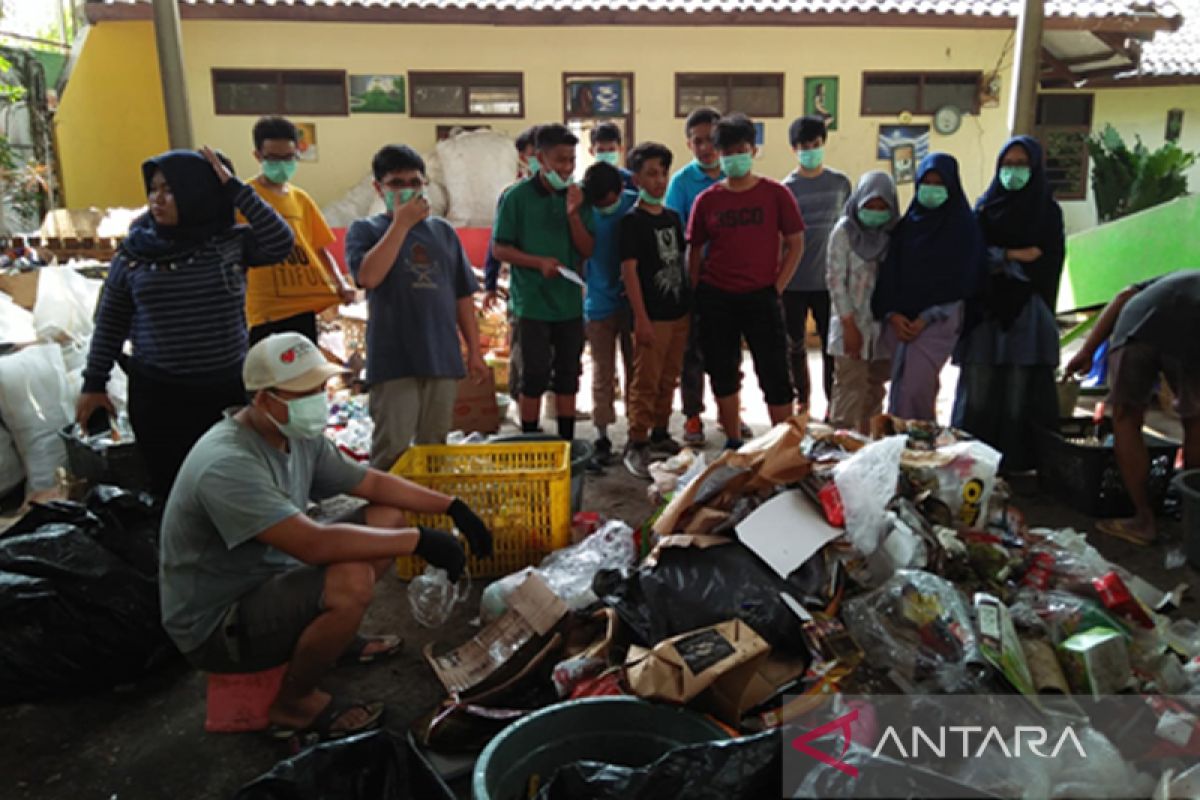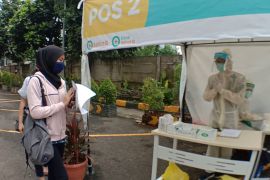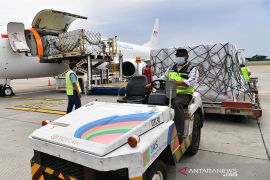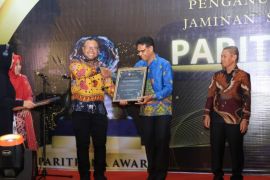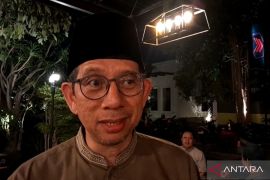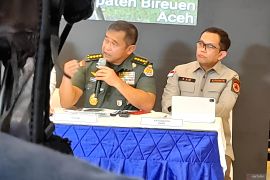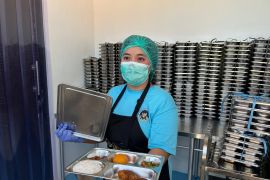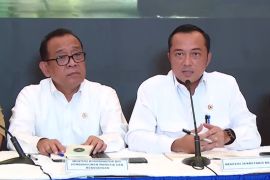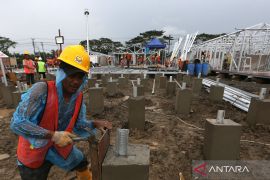However, Albert Einstein once said that if a fish that is good at swimming is forced to climb a tree, it will feel like an idiot for the rest of its life. The same also applies if graduation is determined by the tree climbing skills.
This is where the importance of adapting the learning program to each child’s condition came into play.
The Customized Education Program (CEP) understood the differences in the students' conditions, including knowledge levels, skill levels, learning styles, stages of development, as well as students’ interests and talents.
The COVID-19 pandemic seems to have shocked the world of education with the implementation of online school or distance learning (PJJ).
During PJJ, the government was compelled to create an emergency curriculum that allowed schools to prepare a derivative curriculum called the adaptive curriculum that adapts to the conditions of each school.
Schools where most of the students cannot access the internet then created a program to visit the students’ home, either only to deliver the modules or even conduct lessons at the students' homes, although the frequency is certainly not every day.
The founder of Surau Merantau (SM) Tangerang Middle School, Andri Fajria, remarked that (SM) had implemented CEP since 2016 by conducting various learning activities to help students learn the lessons that suited them.
Definition of CEP
CEP may raise questions regarding its implementation or its target of learning. The application of CEP aims to achieve two goals: to catch up with students in one or several aspects and hone the students' potential.
In order to catch up with students, the teacher conducts classical teaching and learning activities (KBM) in class and then observes each student during the activity and takes notes.
Fajria said, during the teachers' meeting, the teachers' team conducted an analysis to identify the cause of the lag based on the findings of each teacher, who interacted with the student.
In the next stage, the teacher creates an individual program for the student and then presents the program to all the teachers, who interact with the student.
The teacher, who teaches the student, will prepare a benchmark during the learning process. Furthermore, at the next teacher meeting, the teacher evaluates it to look for any progress.
To catch up on the learning loss, the student will be included in the same activities as the other students. However, there is a specific program to be achieved. Special activities need to be conducted if there are students, who are lagging far behind.
Meanwhile, to hone the students' potential, the teacher should observe their daily behavior to look for talent and conduct interviews to identify the students' potential.
The results of these observations and interviews will become the material for discussion during teachers' meetings.
The teachers then analyze them to identify the students' potential by paying attention to the progress notes of students from the previous three to five years. In the next step, the teacher will prepare a special project for students.
At the next teachers' meeting, an evaluation is conducted. If the project worked well for the student, then the teacher will provide internship activities at a place that best aligns with the student’s talents. In each of these activities, the teacher will conduct an evaluation.
In implementing CEP with the target of honing the student’s talent, they might conduct different activities with one another according to their interests and talents.
In applying CEP, Fajria called to implement several principles: a student-centric learning process, sound cooperation with parents, and continuous evaluation.
In addition, using rich and diverse learning resources, including involving practitioners and experts in certain fields, had also been deemed necessary. What is no less important is the interrelationship between one activity and another.
Parents’ perspective
CEP’s implementation drew a positive response from several parents of students at the SM Tangerang Middle School, including the Group Head of SME Business at Bank Syariah Indonesia Dedy Suryadi and Dean of the Faculty of Law, Tarumanegara University, Prof. Dr. H. Ahmad Soediro, S.H., M.H, M.Kn, M.M.
Soediro noted that learning activities at SM had implemented the Independent Learning or Merdeka Learning curriculum before the Minister of Education and Culture issued the curriculum at the Regulation Number 3 of 2020 concerning National Higher Education Standards.
He also highlighted that development of the community’s need in pursuit of better education was increasing amid the Disruption 4.0 era.
This is where the importance of education and learning methods should become more flexible by implementing the Merdeka Belajar curriculum.
This curriculum is based on learning styles, talents and interests, as well as the needs of each student, combined with the student-centric learning method and evaluation regarding each student’s interest, talent, and needs.
Improvement and development of strategic collaboration with expert partners and/or practitioners, who have competencies according to interests and talents, is also needed for the students' development.
On the same occasion, Suryadi reminded that the strawberry generation will soon come to fill in companies’ positions with different characteristics from the current generation.
They are used to learning collaboratively and working functionally. CEP aligns with the characteristics of the strawberry generation. The CEP education model is also expected to become an alternative future education model.
Related news: Students can benefit from learning outside their majors: ministry
Related news: Ministry to introduce Freedom in Learning program at G20 EdWG
Editor: Rahmad Nasution
Copyright © ANTARA 2022
